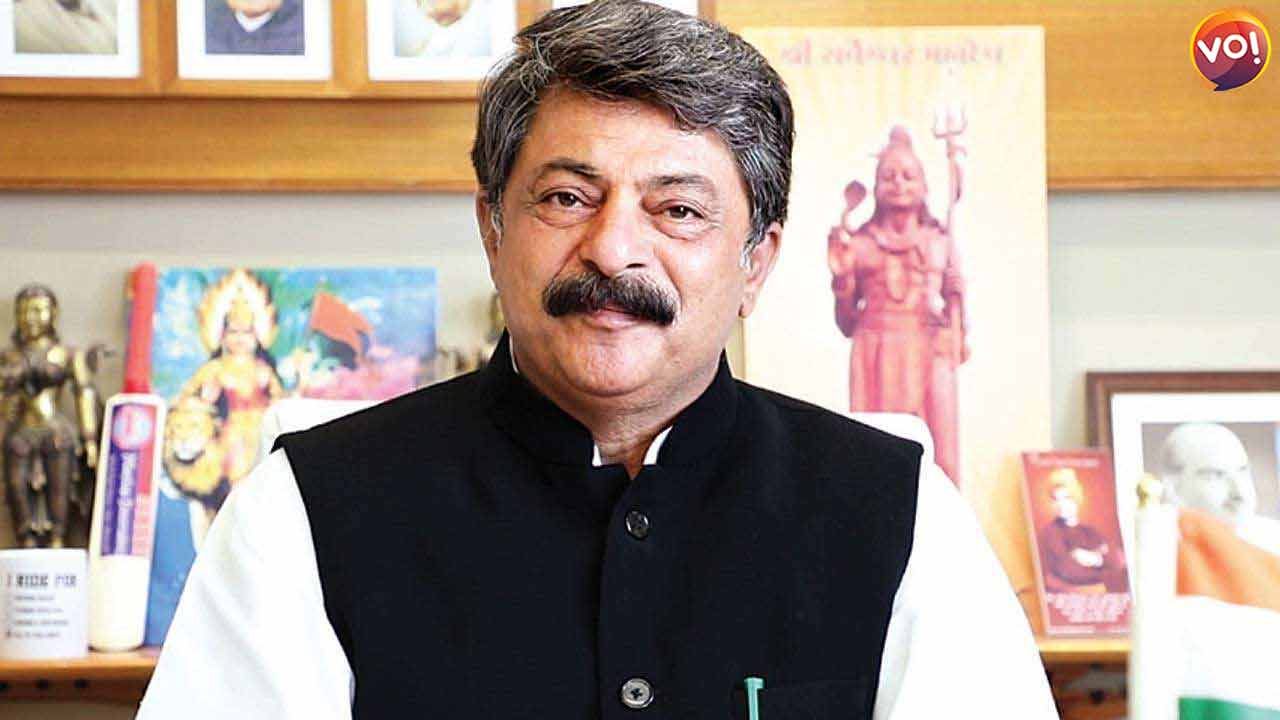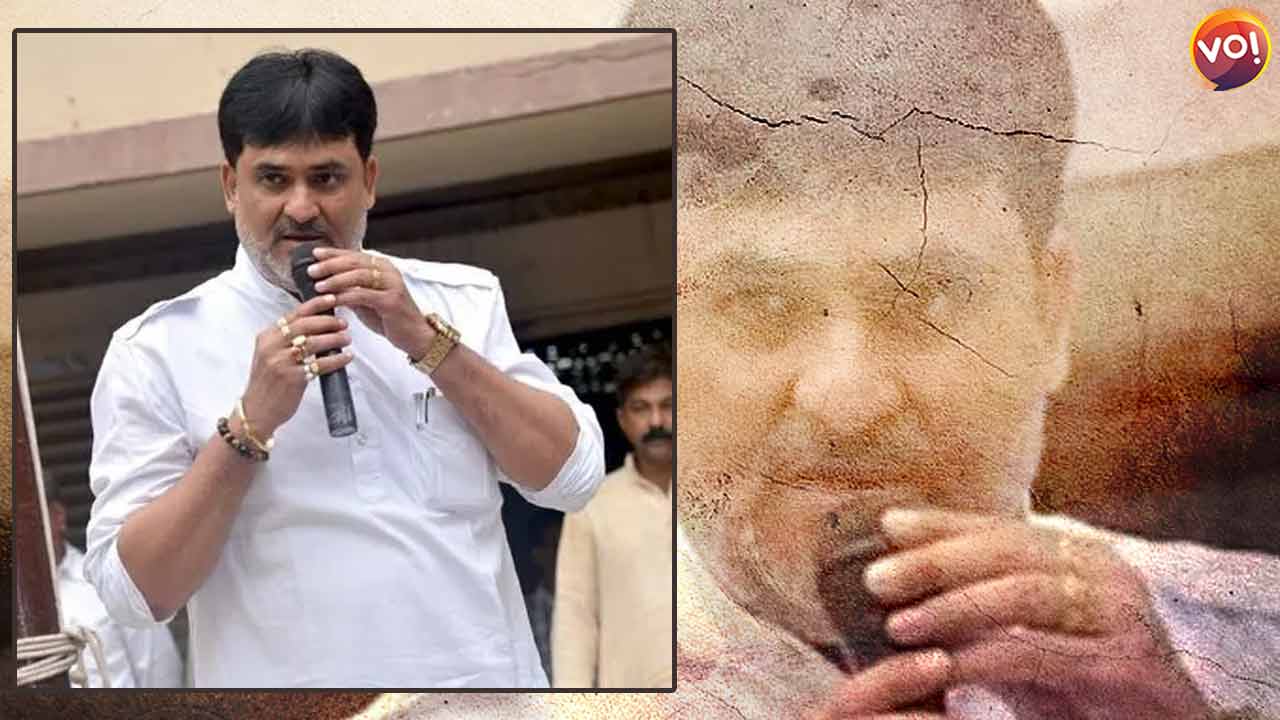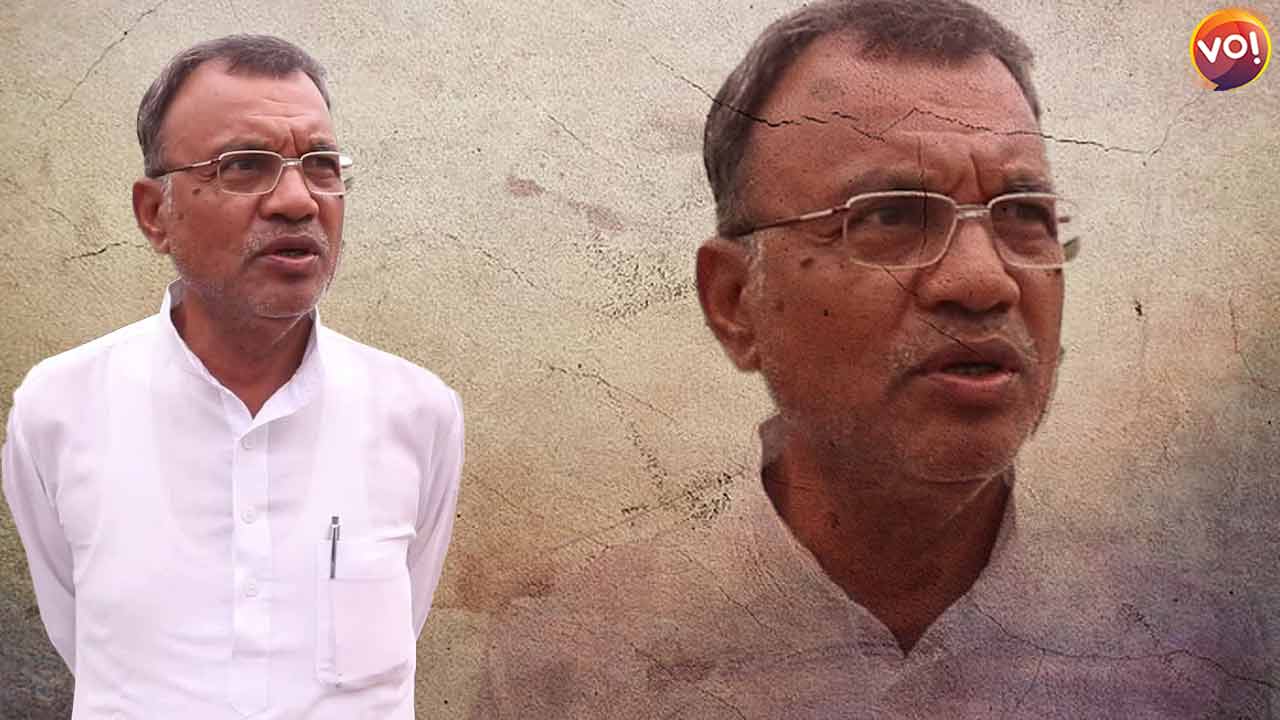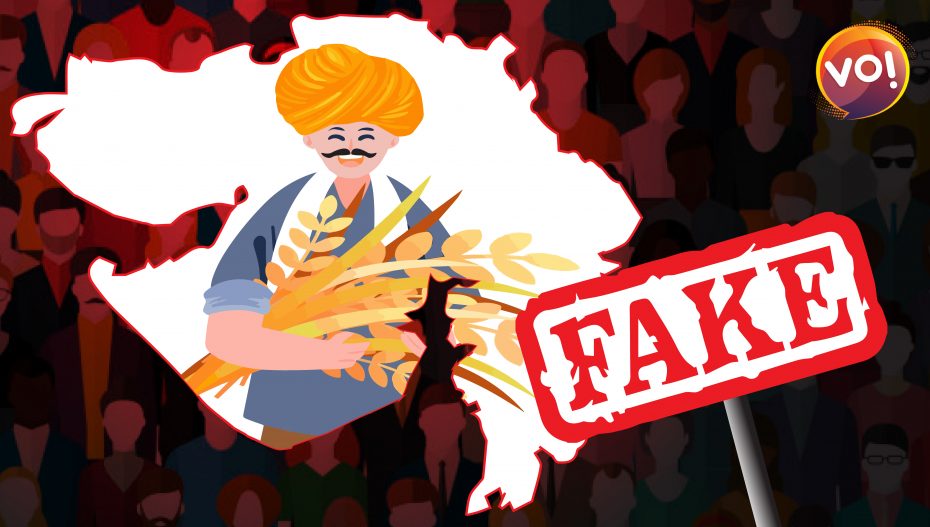Gujarat Revenue minister Rajendrabhai Trivedi is in action mode. Close on heels of the Kheda “fake farmers” racket unearthed on Saturday, Trivedi has ordered an investigation into the illegitimate enterprise. The natural question that comes to mind: What are the benefits of being a fake farmer? Well, in Gujarat, many.
The Gujarat Agriculture and Tenancy Act, 1949, stipulates that an owner of cultivable land in Gujarat is one whose ancestors were farmers before 1949. That means, for those who can prove that their forefathers were farmers before the cut-off year, the entitlement to land ownership goes uncontested.
Furthermore, in the last seven decades the economic and social parameters of Gujarat have changed. Rapid urbanization has pushed up land prices and so realty is a hot proposition. The loophole lies in the absence of any clear laws prohibiting the use of agricultural land for commercial construction.

However, on Saturday, Trivedi on Saturday warned strict action against the illegal acquisition of land by fake farmers. The minister issued notices to 500 fake farmers who are controlled by the land mafia, particularly in Matar taluka of Kheda district. “Five revenue employees, including the deputy collector of Matar, have been ordered to compulsorily retire as a fallout,” stated the minister.
The misuse of temple lands to farmland and /or defrauding the various schemes available to real farmers is being closely scrutinised. “records available with the police show all those who forged documents to acquire land for farming. Nearly, 1,730 cases have been verified, of which 628 cases have been found highly suspicious,” he added.
According to official data available with the Gujarat government, the period between 2010-2011 and 2015-16, saw an increase of 4.32 lakh farmers in the state. Most of the newly registered farmers are “marginal farmers,” whose main aim is to register their names in the 7\12 land deed. Often, the area of land claimed is so small that cultivation is ruled out. The Saat Baara Utara is a record of land rights and includes complete information about land in rural areas. It also serves as proof of ownership of land.

According to the 2015-16 agriculture census, the number of farmers in Gujarat has increased to 53.20 lakh as against the cumulative 48.86 lakh farmers in 2010 -2011 . The huge jump –89 percent — is seen largely in the case of small and marginal farmers.
For Darshan Nayak, general secretary, Gujarat Kisan Sangh: “If Kheda district alone has falsely recorded names for the 2,000 bighas of land, one can imagine the scale of misappropriation that exists in Gujarat. In Matar Taluka of Kheda, the government has admitted to 628 false cases in two months. The Gujarat Kisan Union had earlier written to the government demanding a probe into the racket. This matter needs a SIT probation. In absence of any monitoring agency, one can only guess that huge discrepancy that must have come to pass during the pandemic.”

Explaining further, revenue lawyer Kiran Rajput shared with Vibes Of India: “Land is not something that can be hidden. This racket could not have taken place without connivance of authorities. A new farmer is wrongly created only if records are ignored or fake documents are wrongly produced. In many instances, after the complaint, the mamlatdar has revoked the status of the farmer.”

However, revenue minister Rajendra Trivedi is no mood to relent. He has issued strict instructions for a detailed investigation. Alleging that the ruling party is hand-in-glove with the culprits, Leader of Opposition in the Assembly Sukhram Rathwa accused the land mafia in Gujarat is being shielded by the BJP.










